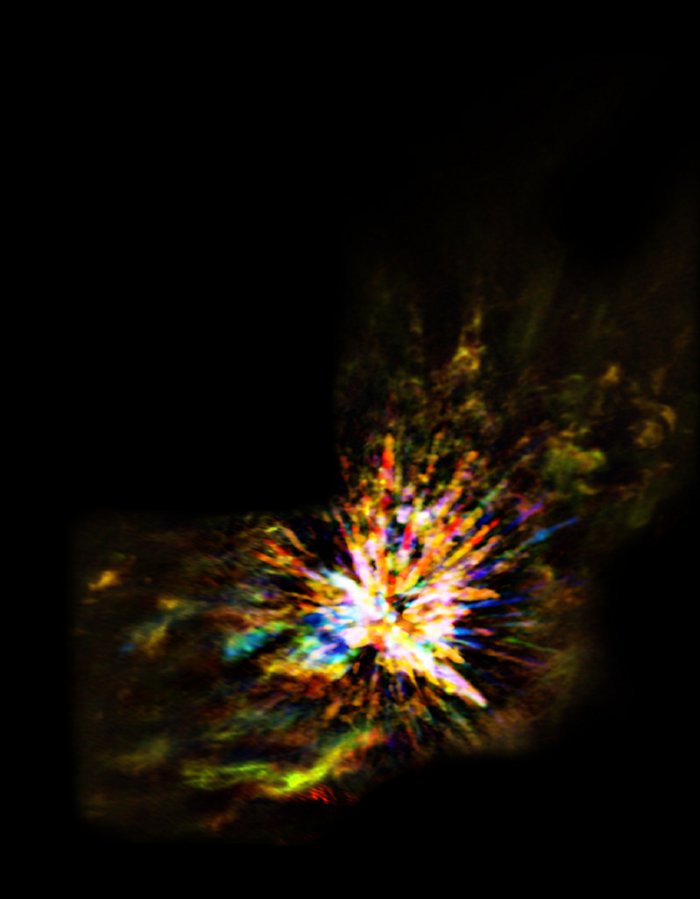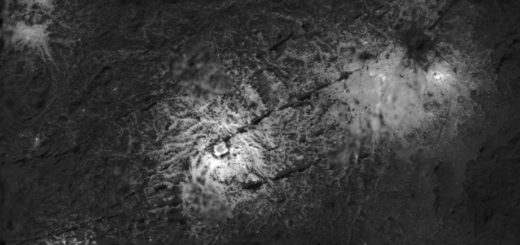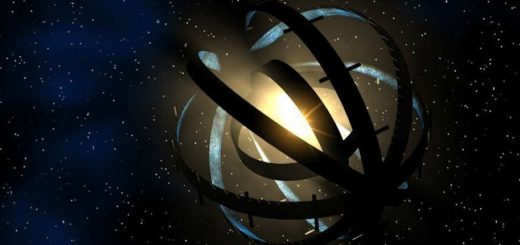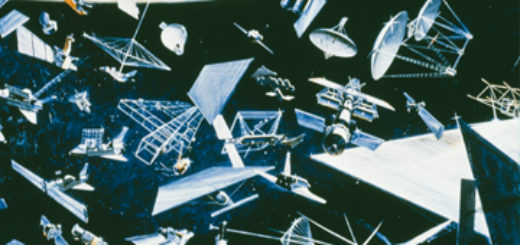Spectacular Star Collision In The Orion Constellation Captured By World’s Most Powerful Telescope – ALMA

– Granted it’ not the Big Bang explosion, but if you are interested in astronomy and the powerful forces in space, then you’ll appreciate every image from cosmos.
Our telescopes give us the opportunity to see and admire the best of our Universe has to offer.
Astronomers using the Atacama Large Millimeter/submillimeter Array (ALMA), the most powerful telescope on Earth have captured spectacular images of an aftermath of a star collision that took place in the Orion constellation 1,900 years ago.
About 100,00 years ago, several protostars started to form in the Orion Molecular Cloud 1 (OMC-1), a dense and active star factory located about 1,500 light-years from Earth.
Stars in this giant gas cloud collided and ejected two other young stars, around 500 years ago.
See also:
Secrets Of Orion’s Clouds: New Remarkable View Of Orion A Molecular Cloud From ESO’s VISTA
Delta Orionis in Orion’s Belt – A Complex And Fascinating Multiple Star System
Collisions Of Galaxies: Spectacular And Fascinating Celestial Fireworks
More About Astronomy
The collision triggering a powerful eruption that launched other nearby protostars and hundreds of giant streamers of dust and gas into interstellar space at speeds greater than 150 kilometers per second. This cataclysmic interaction released as much energy as our Sun emits over the course of 10 million years.
Today, the remains of this spectacular explosion are visible from Earth. Explosions are expected to be relatively short lived, with the remnants like those seen by ALMA lasting only centuries.



 Creators of mankind
Creators of mankind Description of “Tall white aliens”
Description of “Tall white aliens” Where they came from?
Where they came from? About hostile civilizations
About hostile civilizations The war for the Earth
The war for the Earth “Tall white aliens” about eternal life
“Tall white aliens” about eternal life Video: “Nordic aliens”
Video: “Nordic aliens” Aliens
Aliens Alien encounters
Alien encounters The aliens base
The aliens base UFO
UFO Technology UFO
Technology UFO Underground civilization
Underground civilization Ancient alien artifacts
Ancient alien artifacts Military and UFO
Military and UFO Mysteries and hypotheses
Mysteries and hypotheses Scientific facts
Scientific facts


















